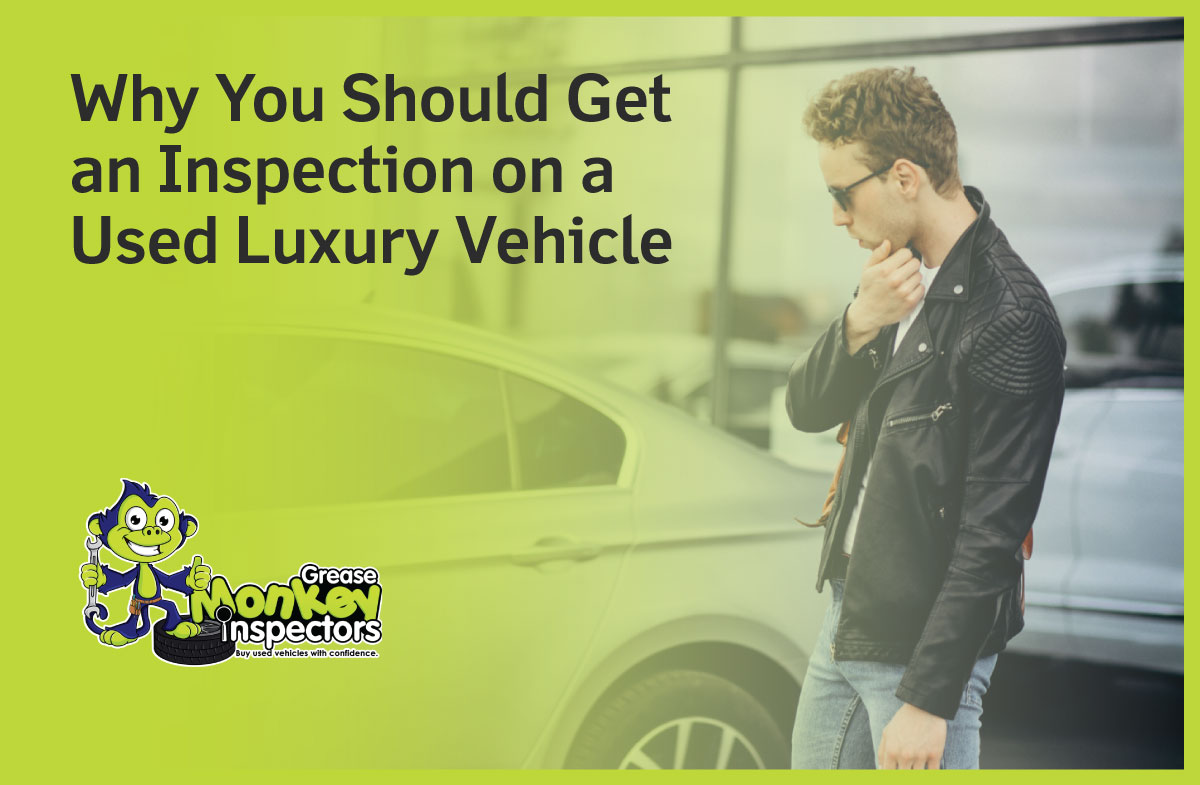Hidden Issues Used Auto Dealers Might Conceal From Buyers
When buying a used car, a thorough vehicle inspection is crucial to avoid costly surprises. At Greasemonkey Inspectors, we ensure you get accurate, comprehensive reports you can trust. Beware of fake inspection reports—they can mislead you into making a poor decision.
Why Accurate Vehicle Inspections Matter
A detailed inspection highlights a car’s real condition, including safety, mechanical health, and performance. Greasemonkey Inspectors specializes in pre-purchase vehicle inspections in Canada, providing onsite services for your convenience.
Fake reports often omit key details or use inadequate tools, leading to missed warning signs like fluid leaks, worn brakes, or frame damage. Relying on these can cost you thousands in repairs or worse, compromise your safety.
The Problem with Dealership Inspection Reports
Dealerships often boast about vehicle inspection reports, but these typically cover fewer than 100 checkpoints. Critical areas like the engine, suspension, and electrical systems may not be fully inspected. Additionally, dealerships rarely use specialized tools, which compromises the accuracy of their reports.
Greasemonkey Inspectors goes above and beyond. Our inspections cover over 150 critical checkpoints, leaving no detail unchecked. Plus, we include a history report with every inspection to help you make an informed decision.
How Fake Reports Mislead Buyers
Fake inspection reports often:
- Exaggerate a car’s condition.
- Fail to report hidden defects.
- Ignore aftermarket modifications or unauthorized repairs.
With Greasemonkey Inspectors, you avoid such pitfalls. Our trained professionals provide detailed reports that reflect a car’s true condition, whether you’re evaluating vehicle inspections in Ontario or across Canada.
What Sets Us Apart
At Greasemonkey Inspectors, we combine expertise, advanced tools, and integrity. When you choose us, you get:
- A detailed pre-purchase vehicle inspection onsite.
- A comprehensive history report.
- Accurate assessments backed by experience.
Avoid the risks of fake reports and invest in reliable vehicle inspections in Ontario with our trusted services.
Ready to Make a Confident Purchase?
Don’t settle for less when your safety and finances are on the line. Explore our Inspection Packages today and secure peace of mind for your next vehicle purchase.










